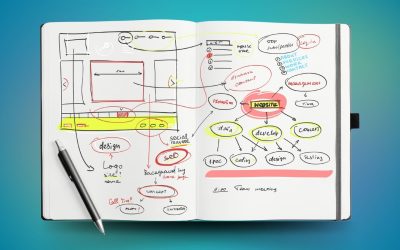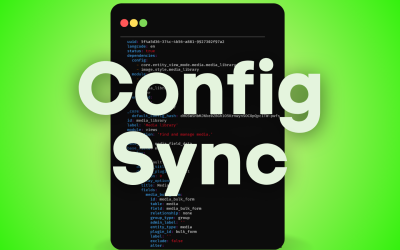Sometimes the job of a project manager is to walk with a fire extinguisher, although typically, the bulk of the day is spent serving as a communication facilitator. I find myself regularly updating our customers with information and finding answers to our developers questions. I need to set deadlines and re-set expectations for all concerned, and I must juggle correspondence demands with assigned tasks.
Daily regimen
The day typically begins with status updates and a general understanding of where each project is in its development lifecycle. Well, actually the day begins with coffee, but after that I gather status updates! I open my email, take a deep breath and see if any surprises await me. If any of the developers face a roadblock, I like to know it before any of them arrive.
As a general rule, for each eight hour engineering project, 20% of it is devoted to project management. Obviously, each project is different. One current project employs an Agile development team, which necessitates a daily, early morning scrum. Others require just quick progress reviews and prioritization checks.
Sometimes I spend meetings reassuring customers that a project is going smoothly. CommonPlaces creates custom websites, so we frequently have to build from the ground up and fit piece A into piece B. We generally won’t reveal anything to a customer until there really is something worth demonstrating. Once everything that they were expecting to be in the product is present and functioning, no matter how much polish needs to be applied, we can show it off – but not before then. So, sometimes, the customers needs to be reaffirmed that everything is proceeding normally.
The benefits of project partnership
This brings up the biggest difference between various projects. When clients enter into a project as a partner with us, with all the typical give and take that partnerships require, my job is particularly rewarding. We find the best results together. If a client only sees us as service providers, then we may very well be headed for a difficult time because customization demands patience and cooperation.
The role of the project manager, then, often becomes one of advisor. The reason a client needs a custom website is because they require a level of functionality, which in many cases, hasn’t ever been done before. It is unique. Roadblocks arise when, for instance, one module can’t coexist with another in the way that most may expect. CommonPlaces can resolve the problem, but it will take more time and money than expected. Or, we can do something else which offers most of what is needed, and keeps everything on track, but doesn’t provide every solution.
Prioritization
Just as we establish project priorities with the customer, there are daily issues which demand prioritization as well. I may become aware of a situation that needs immediate attention. That may result in an all hands on deck sense of urgency. Likewise, we have clients who hired us on a retainer basis. They should expect us to resolve any crisis that arises, because they are a tier one client. We also have support-based clients who may only need a cosmetic alteration to their website. As a project manager, I need to know which employee is suited to a particular task, and which of them has the time to devote to it. So, there is that dispersion of priority to deal with, as well.
As my week comes to a close we frequently meet over a beer or two and reminisce over the past week’s experiences. Inevitably, this is when I get the phone call: ‘I just deleted my menu system, can you help?’
Here we go again.
Welcome to my world.




